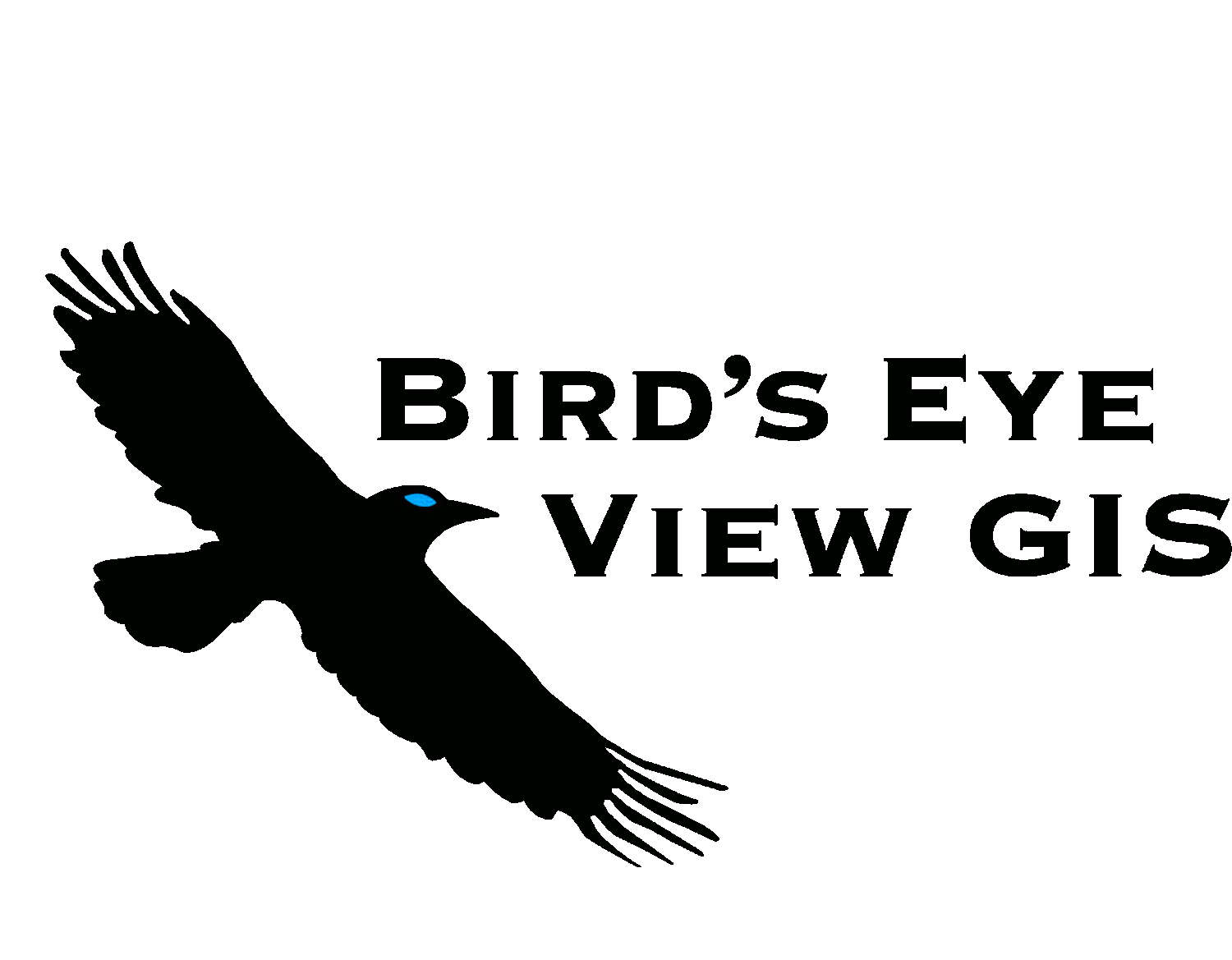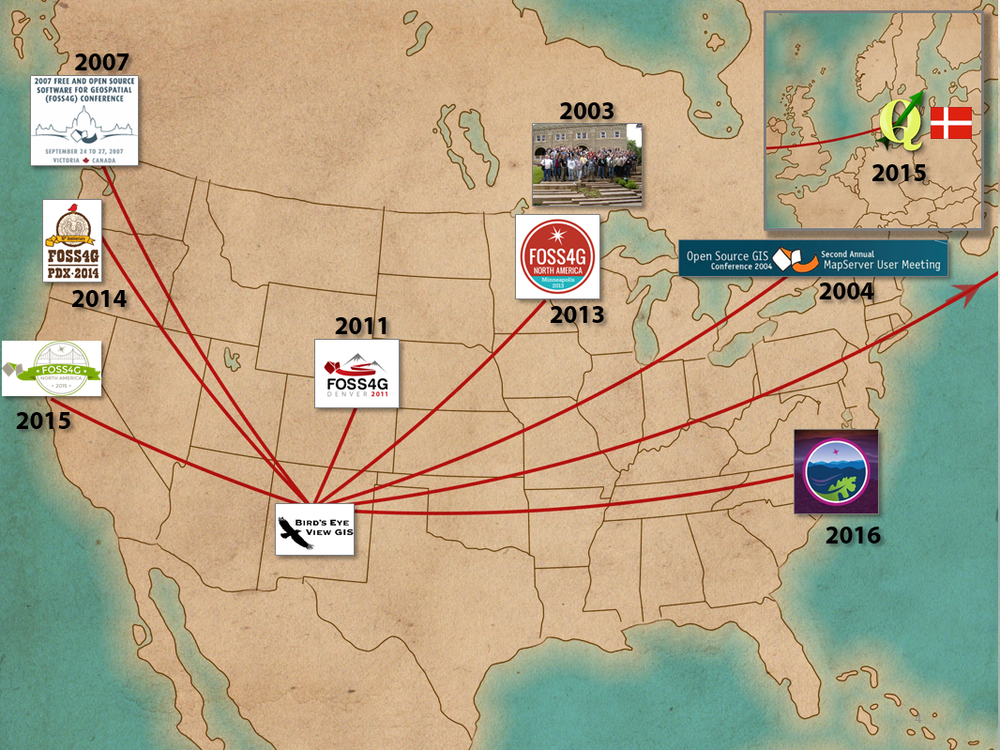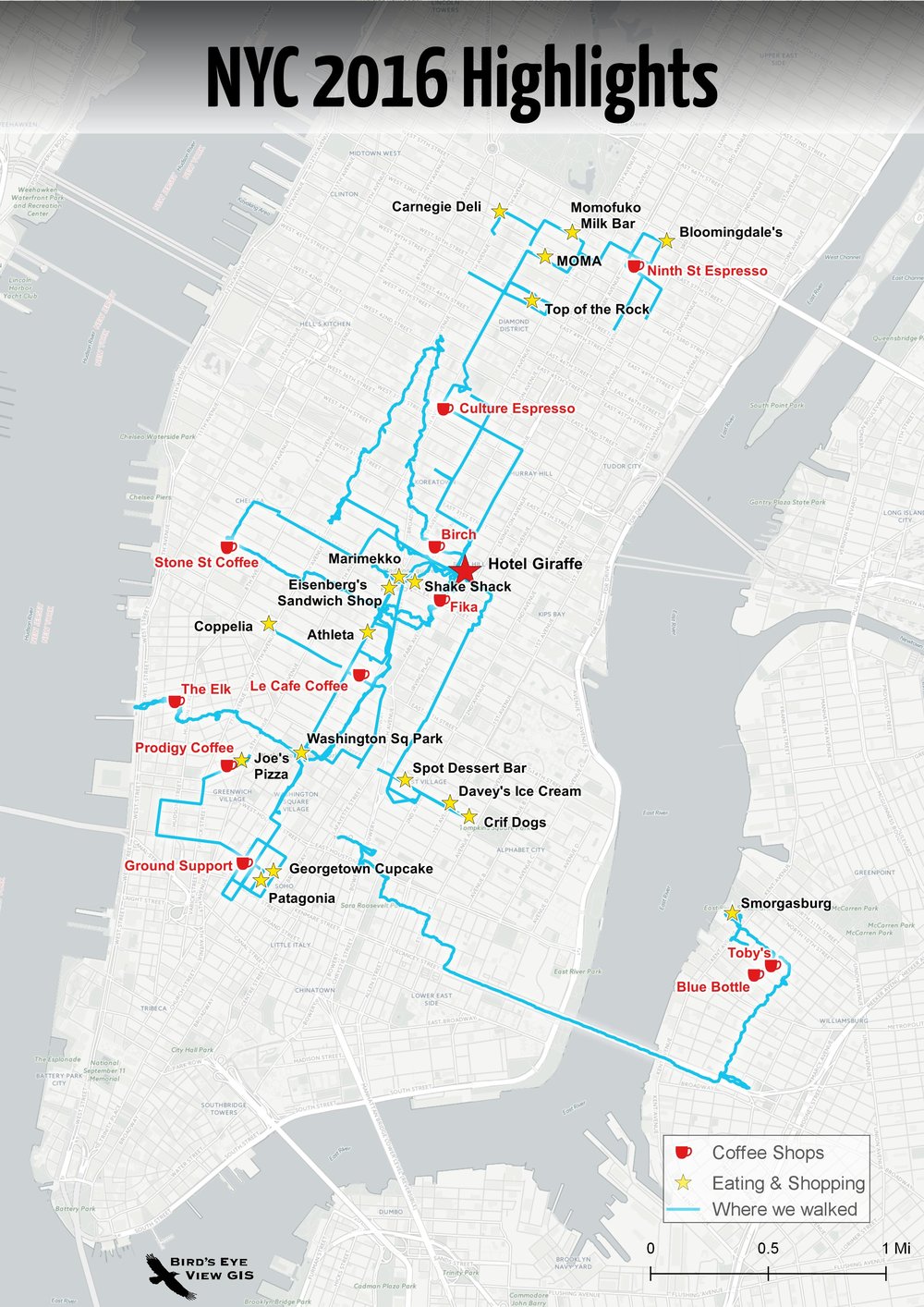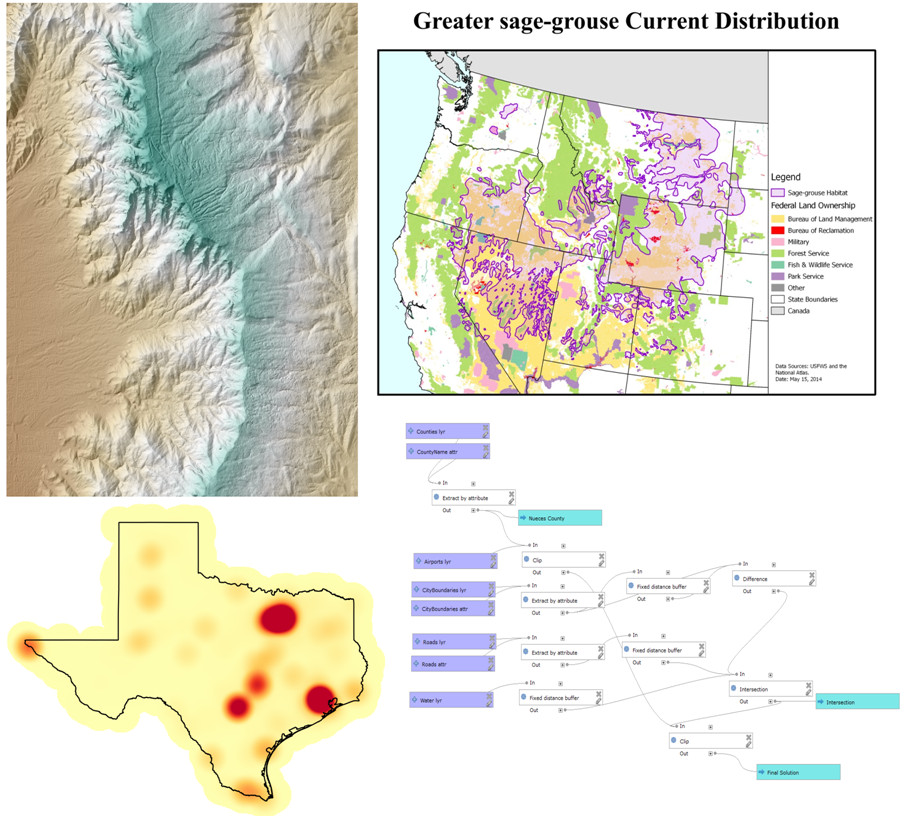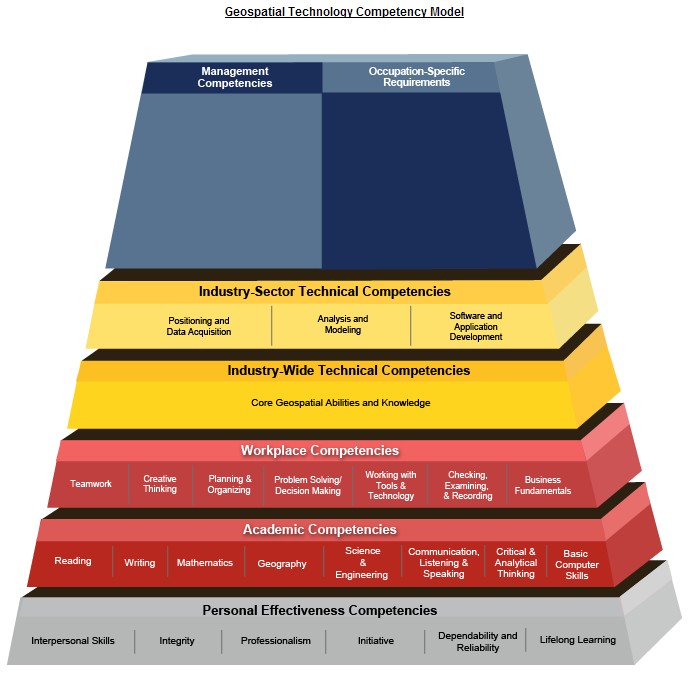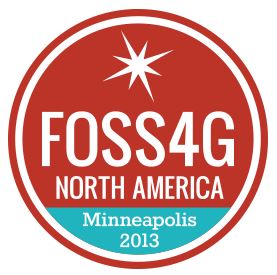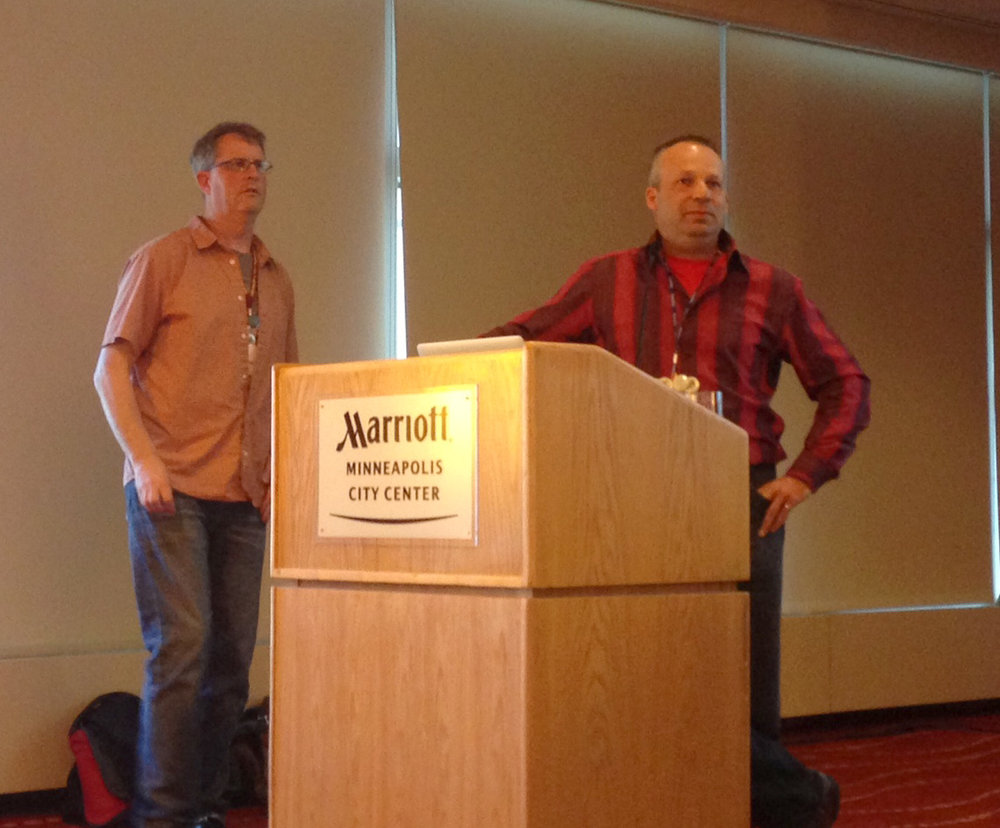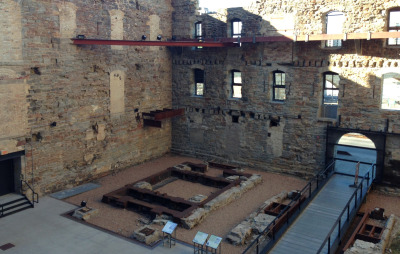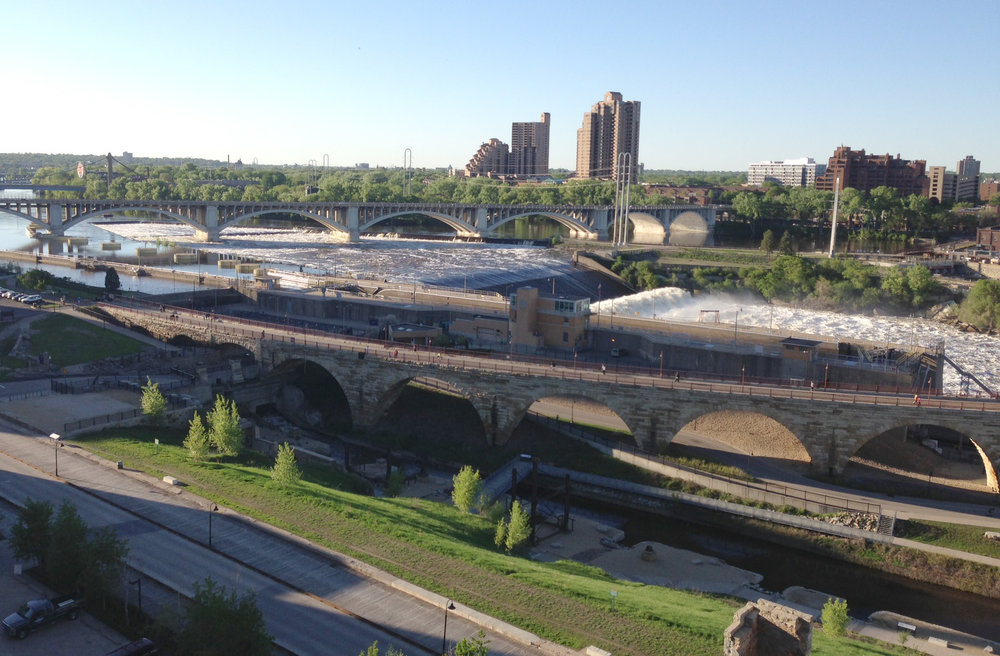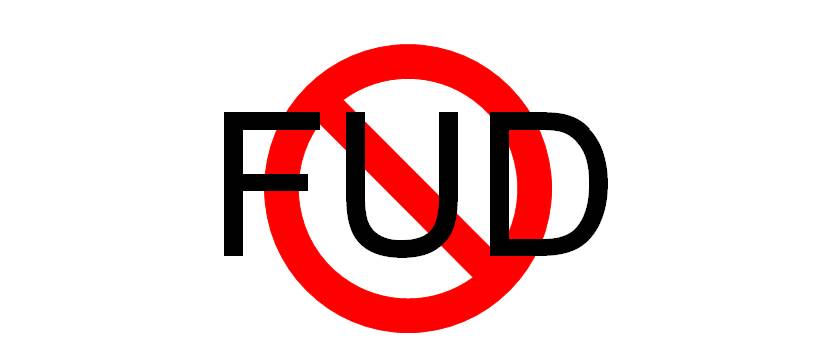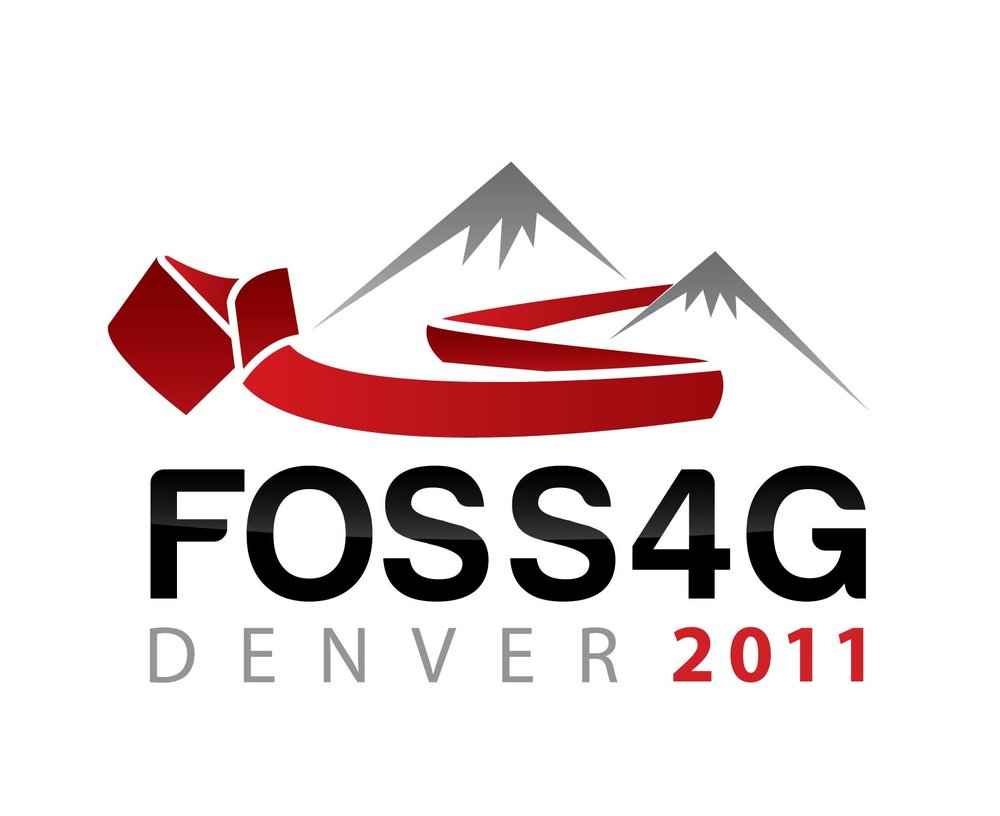On Sunday the 13th, I flew from Copenhagen to Boston to attend FOSS4G. It was a long flight, and after two weeks it was a transition from Europe to the US. It was also a transition from a small intimate QGIS conference in Denmark, to the biggest FOSS4G ever in a busy part of Boston.
FOSS4G didn't disappoint. Monday began with an impressive line up of pre-conference workshops. I took workshops on R, GRASS, PostGIS and Inkscape with QGIS. I was a little delirious from jet lag, but they were all really well paced and well taught. I really appreciated the materials being posted online, because I have more homework to do. Plus as usual I didn't get to attend all the ones I wanted to.
Regina Obe set up a table for FOSS authors to sell and sign books. Since I was in Denmark, I pre-ordered my books from the publishers and had them shipped to Paragon. I wasn't sure what to expect and didn't want to be left with a ton of books to lug back to New Mexico. As it turned out I should have ordered more. I ordered 10 each of my two books and they almost sold out at the first break. I was really surprised.
During the week I sat on a panel (What the Heck Does an Open Source Job Look Like Anyway?) with Sara Safavi, Rob Emanuele, and Katrina Engelsted. Like the conference, the panel discussion went by really fast. I also gave three talks. One talk was on the Community Health Maps initiative I've been working on. For another I presented for a client who couldn't make it. It covered teaching earth sciences with open source GIS. I also co-presented on the State of QGIS with Larry Schaffer.
As is usually the case, the people were the best part. It was fun getting to meet new people, people I've known of but never met, and reconnecting with old friends. For example, I was checked into the conference by a client of mine who I'd only spoken with on the phone, and the week kept rolling like that. There were about 6 of us who traveled from Denmark to Boston. It seemed we kept hanging out together in Boston, still in a Nødebo high.
It was a really well planned conference. Everything ran like clock work. There was always someone nearby to help answer a question. Kudos to the conference committee on a job well done! Now I'm about to head out to teach a workshop at Yale and another in Miami. No rest for the weary. Stay tuned!
